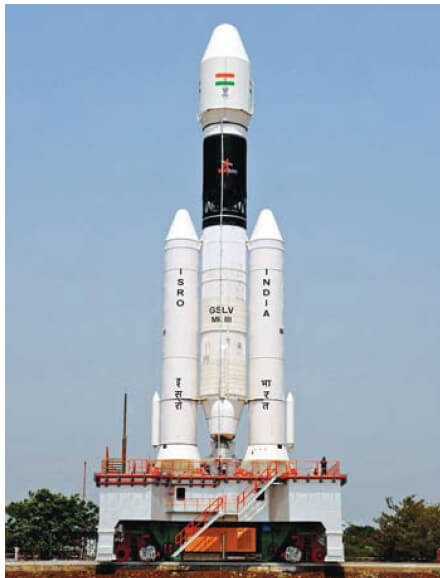What is the full form of ASLVASLV: Augmented Satellite Launch VehicleASLV stands for Augmented Satellite Launch Vehicle. It is a launch vehicle which is designed and operated by ISRO. It was developed to augment the payload capacity to 150 kg (thrice that of SLV-3) so that satellites weighing up to 150 kg could be placed into Low Earth Orbits (LEO). 
It is a five-stage vehicle that uses solid propellant in all five stages. It is 24 meters in length with a lift-off weight of around 40 tonnes. The ASLV project began in the early 1980s to develop the technologies required to place a payload into a geostationary orbit. In this project, ISRO also mastered the strap-on technology which is widely used in the PSLV programme of ISRO. The payload of ASLV was Stretched Rohini Satellite series. Under the ASLV programme four development flights were conducted from the SLV launch pad at the Sriharikota High Altitude Range:
After the final launch in the year 1994, the ASLV program was indefinitely disbanded or terminated. VehicleA five-stage vehicle, the ASLV. The core stage ignited after the boosters burned out, acting as a first stage consisting of two strap-on boosters. The ASLV could carry a payload weighing up to 150 kg (330 lb) into an orbit with a 47-degree inclination and a diameter of 400 km (250 mi). The ASLV produced 909.9 kN (204,500 lbs) of force at liftoff. It had a one-meter-diameter core, weighed 41,000 kilogrammes (90,000 pounds), and was 23.5 metres (77 feet) in length (3 ft 3 in). The ASLV had an extremely high height-to-diameter ratio, which made it unstable when in flight. This was made worse by the fact that many crucial launch-related events, such as core ignition and booster separation, took place at the Tropopause, where the launcher's dynamic loads were at their highest.
Next TopicFull Form
|
 For Videos Join Our Youtube Channel: Join Now
For Videos Join Our Youtube Channel: Join Now
Feedback
- Send your Feedback to [email protected]
Help Others, Please Share









